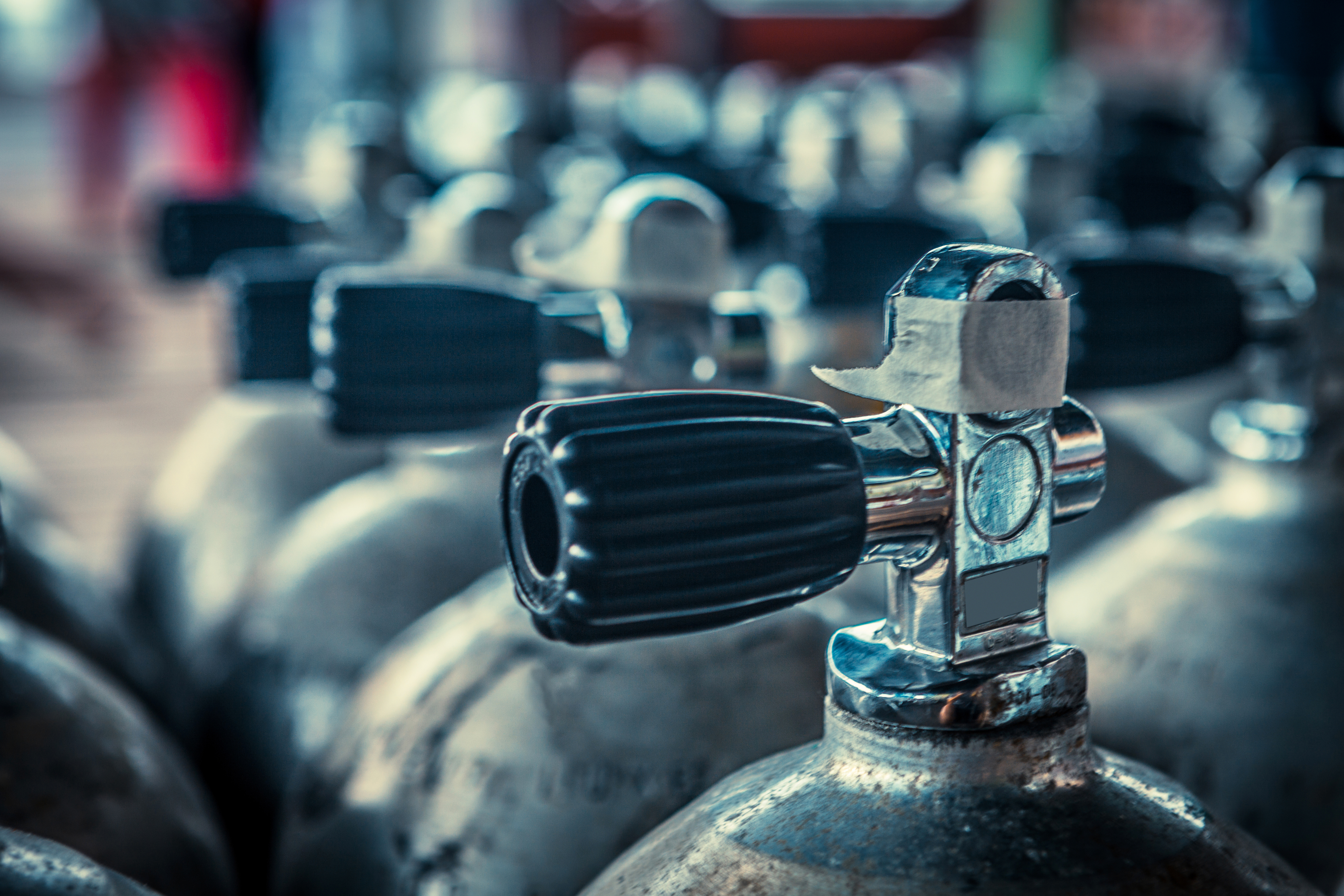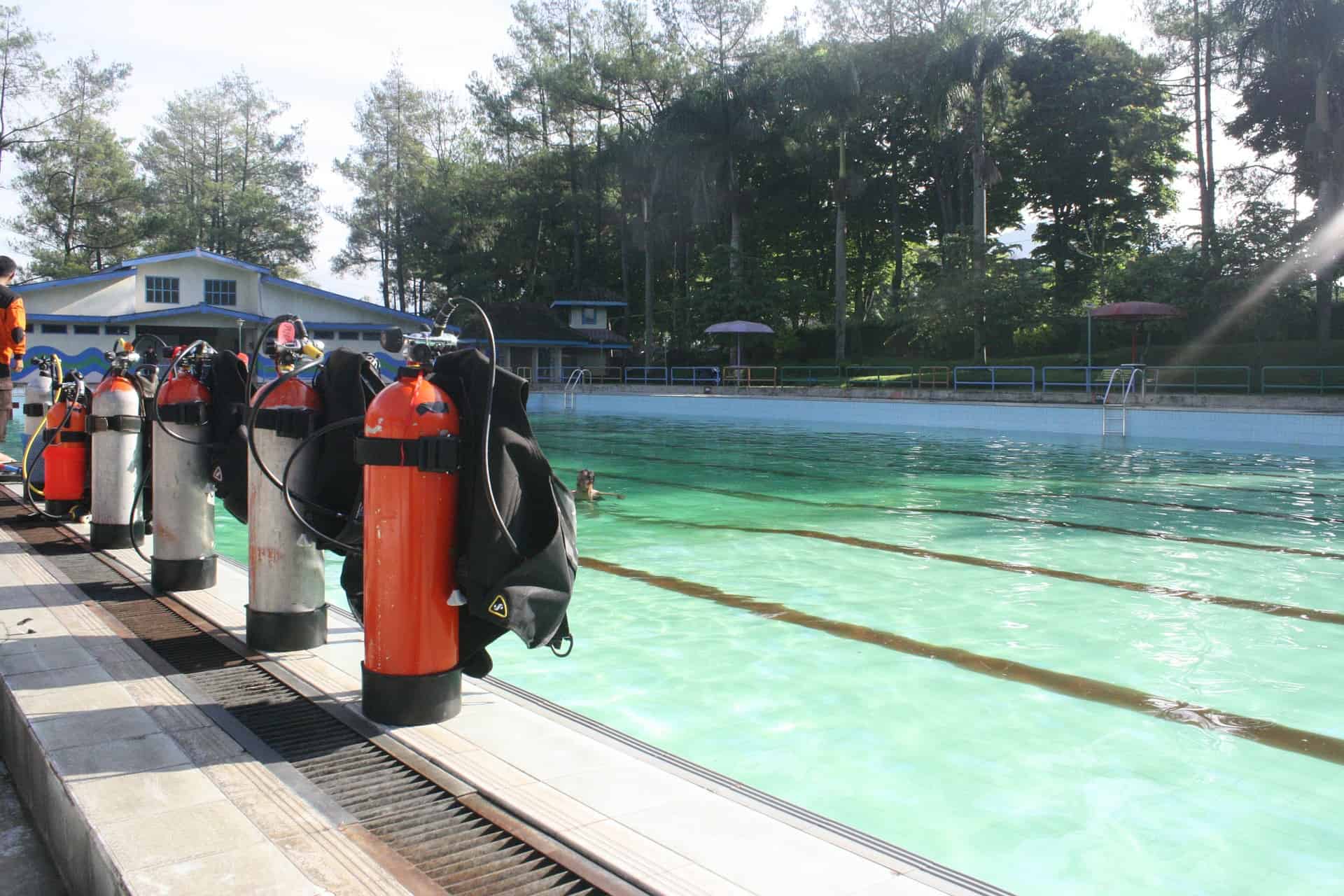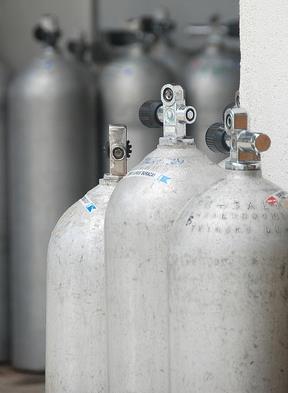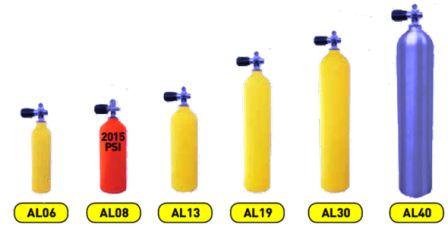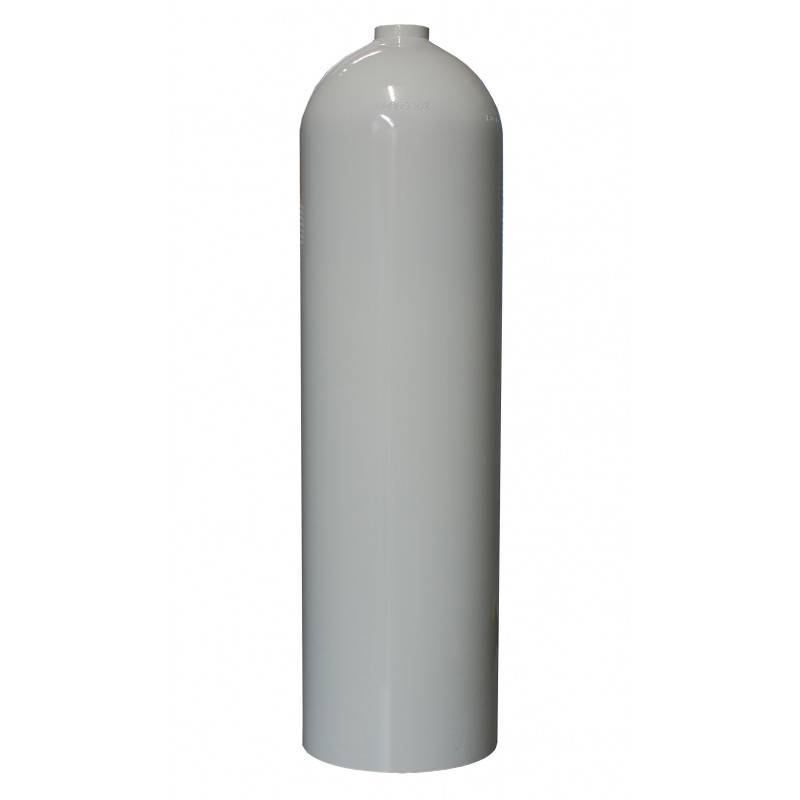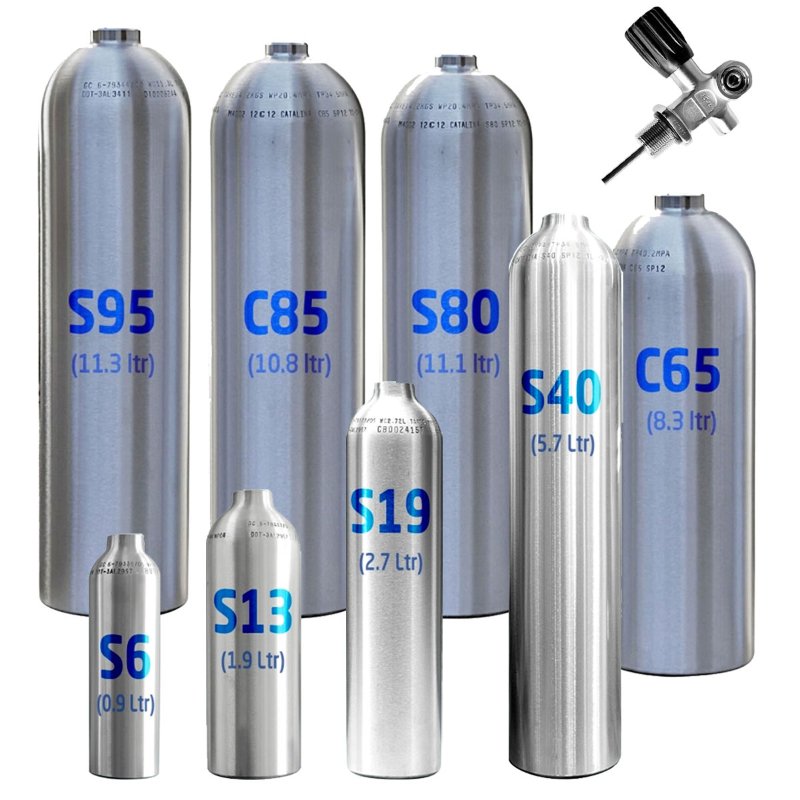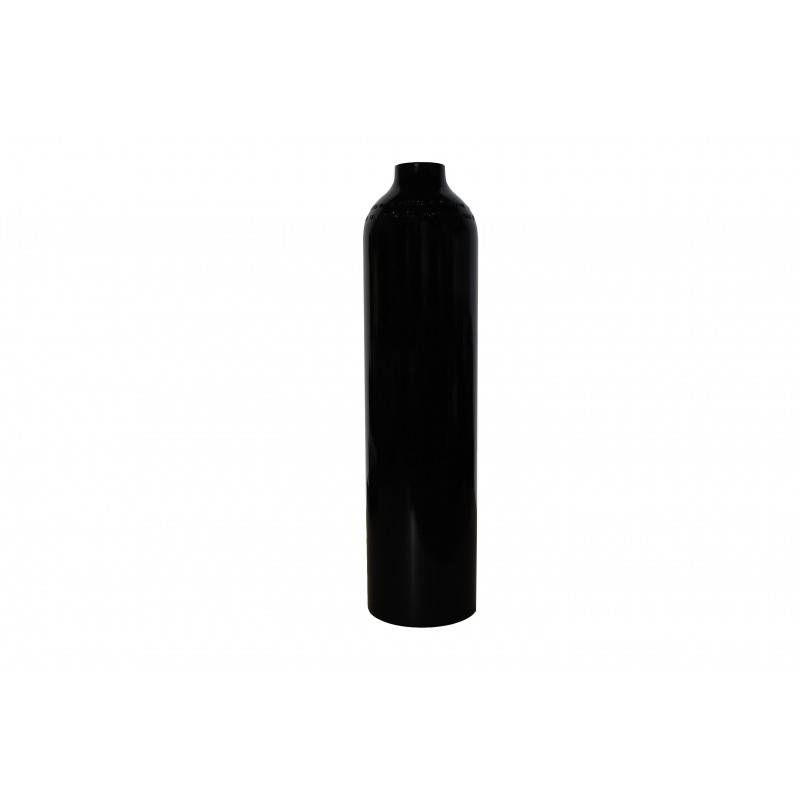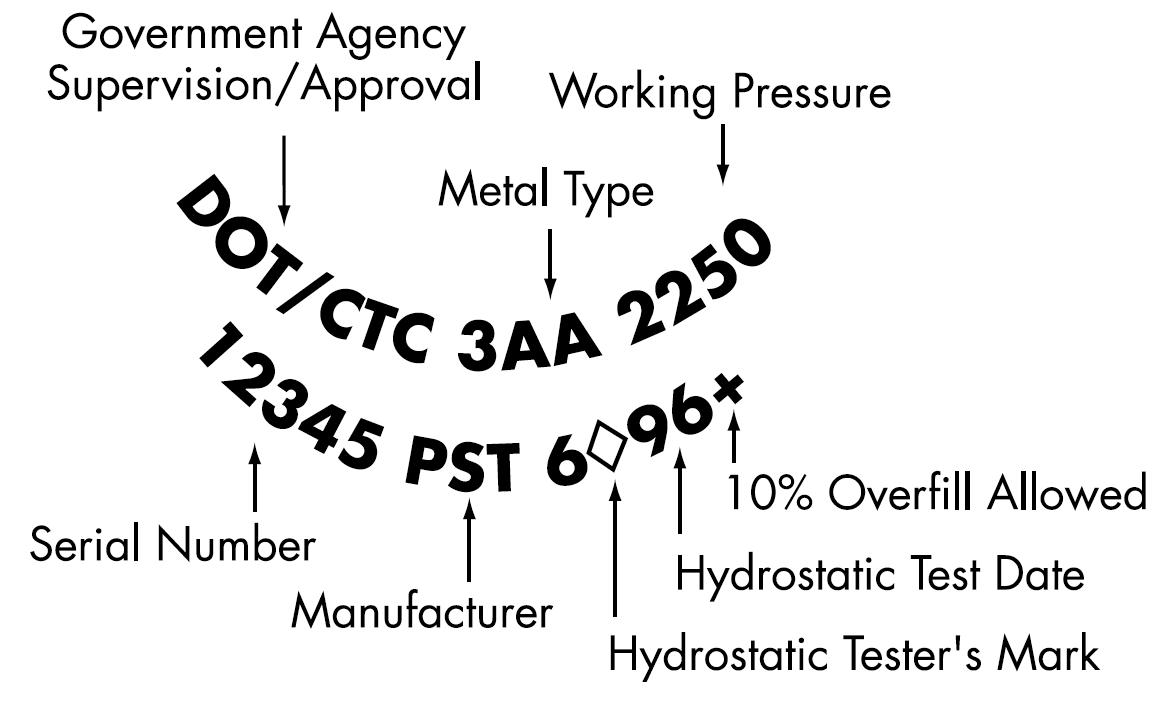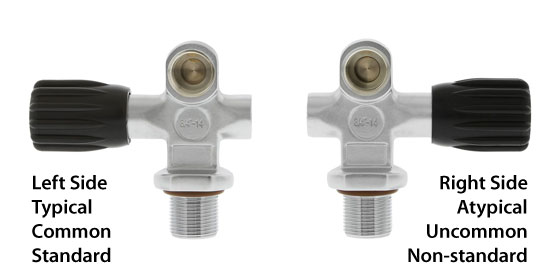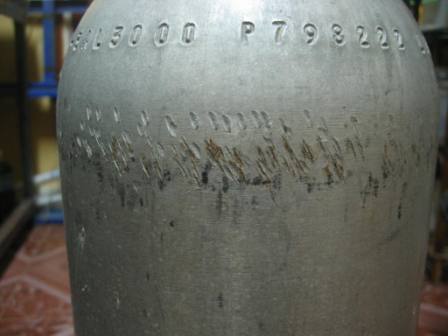Steel Versus Aluminium Scuba Tanks

Stainless steel scuba diving cylinder tank valve spindle stem o ring type.
Steel versus aluminium scuba tanks. They tend to shift from negative buoyancy to positive buoyancy as the diver consumes the oxygen. When choosing between steel and aluminum scuba tanks it s important to consider dry weight and size as these can affect your buoyancy and overall comfort. Before selecting either of the two it is important to know their fundamental differences. Difference between low pressure and high pressure tanks.
Thus steel is the preferred material for making really high pressure 4500psi 310 bar scuba cylinders. H2odyssey scuba diving 6 cu ft pony tank with pro valve. The numbers we will use in the example below are for the aluminum luxfer 80 and the steel faber 80 scuba tank used in salt water. Top picks on scuba tanks.
These high pressure steel scuba tanks are famously heavy but thats not a problem to those who use them. These are two of the most popular scuba tanks and their values are representative of tanks built from the same material. What is are the differences between steel and aluminum tanks. When using aluminum it is the other way around.
Free shipping on many. Steel tanks are less buoyant than aluminum thus you will need less weight when diving with one. The chrome molly alloy steel used to manufacturer scuba tanks has typically twice the tensile strength of heat treated t6061 aluminium alloy. Carbon fiber tanks are usually lighter than steel.
Steel scuba tanks are denser than aluminum tanks meaning you have to be less concerned with buoyancy issues especially at the end of a dive. Aluminum versus steel scuba tank. Make offer us divers double valve tank system for 80cf aluminium tanks with backpack. As a general rule you have to add about 5 pounds per 2 kg to your weight base when you re using an aluminum tank.
Scuba diving tanks are usually made of aluminum or steel. Smaller than an aluminum tank of the same capacity a steel scuba tank is a more compact air supply solution a fact that becomes doubly important for twin tank setups.





